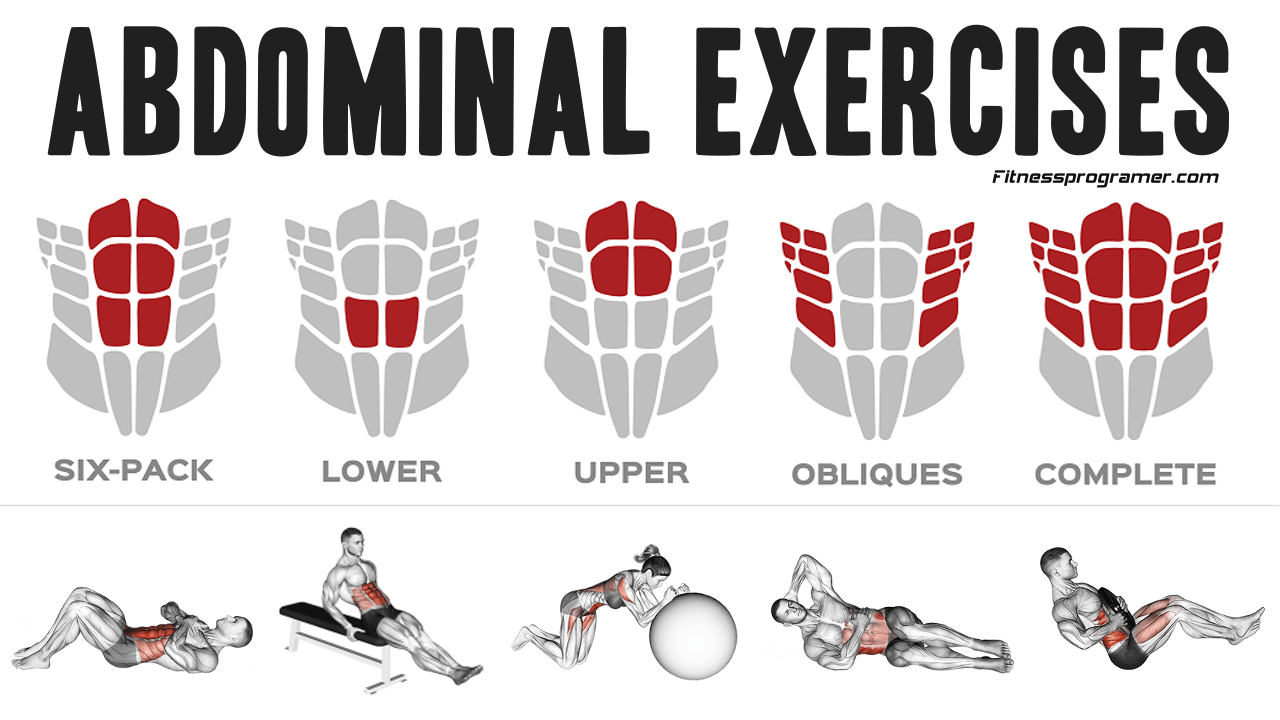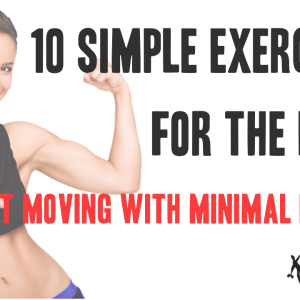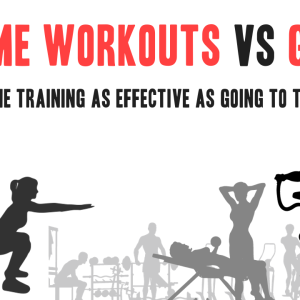Contents
Ab exercises are an important part of any fitness routine, as they can help to strengthen and tone the core muscles. Great looking abs requires a lot of hard work and commitment. The goal is to eliminate as much body fat as possible that covers the abs muscles and to tone or harden the muscles that make up the abs.
The core muscles consist of several different muscles, including the rectus abdominis, internal and external obliques, and the transverse abdominis. Each of these muscles plays a role in core stability and movement.
Overall, the key to an effective ab workout is to target all of the different muscles in the core. This can be achieved through a variety of exercises that challenge the muscles in different ways. By understanding the science behind how ab exercises work, you can design a workout that is both effective and safe.
Understanding the Anatomy of the abdominal muscles
When it comes to working out the abs, there are a variety of exercises that can be performed to target different parts of the muscle group. To understand how this works, it’s important to first understand the anatomy of the abs.
The abdominal muscles are composed of four main muscle groups: the rectus abdominis, the external obliques, the internal obliques, and the transverse abdominis.
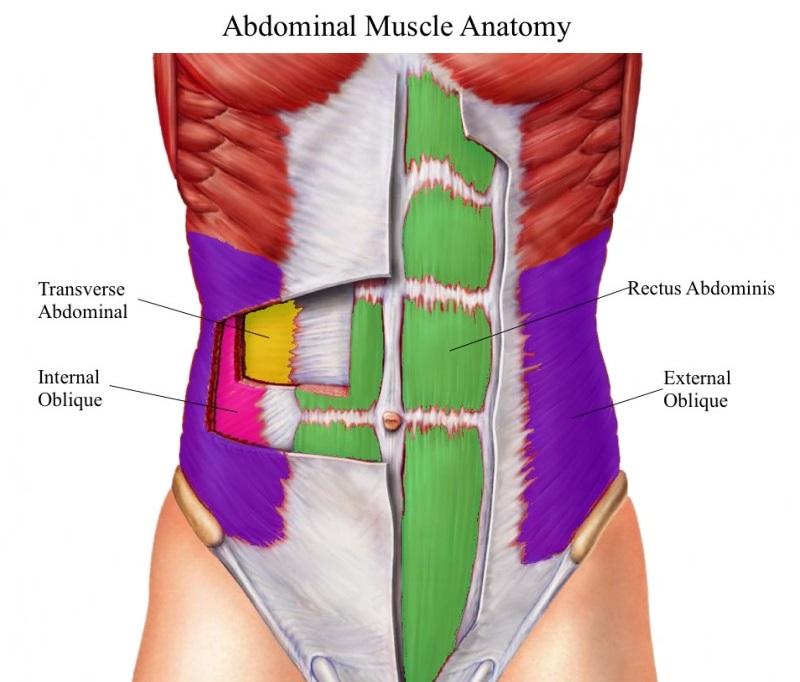
Rectus Abdominis: The outermost layer is the rectus abdominis, which is the muscle responsible for the “six-pack” look. It runs vertically from the pubic bone to the sternum and is responsible for flexing the spine and compressing the abdominal cavity.
External Obliques: The external obliques are a pair of muscles located on either side of the rectus abdominis, forming the most superficial layer of the lateral abdominal wall. The external obliques run diagonally down the sides of the abdomen and are responsible for trunk rotation and lateral flexion.
Internal Obliques: They are located on either side of the rectus abdominis, beneath the external obliques. The internal obliques run in the opposite direction to the external obliques, at a diagonal angle, and help to rotate the trunk and maintain stability in the core.
Transverse abdominis (TVA): The transverse abdominis (TVA) is a deep muscle layer of the abdominal wall, located beneath the internal obliques. It is a broad, flat muscle that runs horizontally across the abdomen and plays an important role in core stability and spinal support.
In addition to these main muscles, there are also other muscles that contribute to the function of the core, including the diaphragm, pelvic floor muscles, and the erector spinae muscles of the back. By targeting these muscle groups, individuals can improve their core strength and overall physical performance.
Learn how abdominal exercises work
To achieve a fully developed set of abs, it’s essential to train all the different muscle groups that make up the abdominal area. Different ab exercises target these muscle groups in different ways. For example, exercises that involve bending the torso forward, such as crunches, primarily target the rectus abdominis. Plank variations, on the other hand, engage all four muscle groups of the abs, including the transverse abdominis.
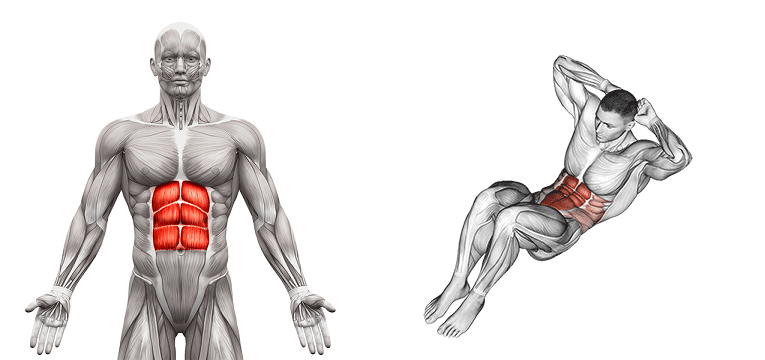
In addition to the type of exercise performed, the way in which it is performed can also affect which muscle groups are targeted. For example, a standard crunch will primarily work the upper portion of the rectus abdominis. However, if the legs are lifted off the ground during the crunch, the lower portion of the rectus abdominis is also engaged.

The intensity and resistance of an exercise can also impact which muscle groups are targeted. For example, performing a weighted sit-up will place more emphasis on the rectus abdominis than a standard sit-up.
The obliques, which are located on either side of the rectus abdominis, also play a role in many ab exercises. The internal obliques help with rotation and lateral flexion, while the external obliques help to flex the spine and rotate the torso. Other exercises, such as bicycle crunches and Russian twists, target obliques and multiple core muscles at once.

In conclusion, the science behind ab workouts lies in the anatomy of the abdominal muscles and how different exercises and variations can target different parts of the muscle group. By understanding this, individuals can create a well-rounded workout routine that targets all areas of the abs for a strong and toned core.
5 Ab Exercises That Will Give You Results in Just 15 Minutes
Abdominal exercises are a great way to work out and get those toned and well-defined abs that you’ve always wanted. Not only will you get the look you want, but you can also add these exercises to your lifetime fitness program and use it as a tool to work towards your target heart rate.
1- Crunch 3 x 15
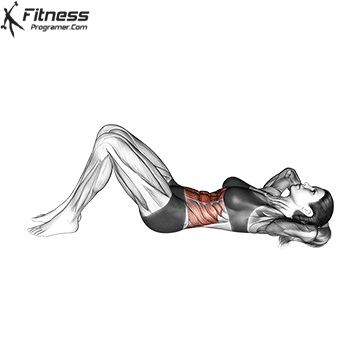
Alternatives: Tuck Crunch, Floor crunch, Crunch with leg raise,
One of the most well-known ab exercises is the crunch. This exercise primarily targets the rectus abdominis, the muscle responsible for the “six-pack” look. During a crunch, the rectus abdominis contracts and shortens, allowing the spine to flex forward. As the muscle contracts, it generates force and produces tension, which helps to strengthen and tone the muscle.
2- Leg Raise 3 x 15
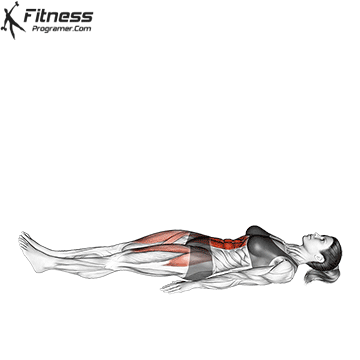
Alternatives: Alternate leg raise, Lying scissor kick, Lying knee raise
When you perform leg raises, you engage the lower abs to lift your legs up towards the ceiling, which creates tension in the muscle fibers of the lower rectus abdominis. The leg raise is a type of abs exercise that is particularly effective for targeting the lower abdominal muscles.
3- Bicycle Crunch 3 x 15
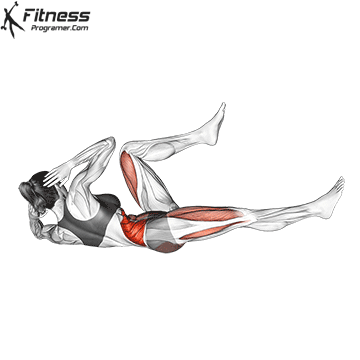
Alternatives: Cross crunch, Oblique floor crunches, Heel Touch
Bicycle crunches are an effective exercise for targeting both the rectus abdominis and the obliques. They involve lying on your back, bringing your knees up, and then alternating touching your elbow to the opposite knee. This movement mimics the motion of riding a bicycle and can be done with or without weights.
4- ab wheel rollout 3 x 15
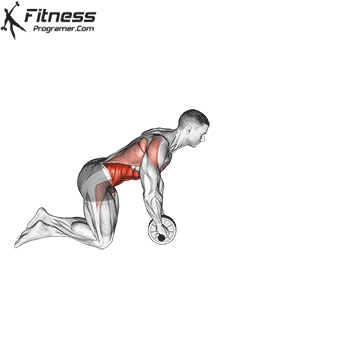
Alternatives: Kneeling Cable Crunch, Stability ball knee tuck, Swiss ball rollout
The ab wheel rollout is an advanced abdominal exercise that targets the entire core, including the rectus abdominis, obliques, and transverse abdominis muscles.
To perform the exercise, you start in a kneeling position with your hands on an ab wheel or a similar apparatus. From here, you roll the wheel forward while maintaining a straight line from your head to your knees. As you roll out, your abs must work to stabilize your spine, and then you roll back to the starting position.
5- Plank 2 x 45 sec
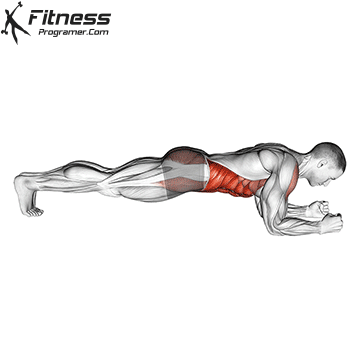
Alternatives: Spider plank, Mountain Climber
Another popular ab exercise is the plank. This exercise primarily targets the transverse abdominis, the deepest of the abdominal muscles. During a plank, the transverse abdominis contracts isometrically, meaning it generates force without changing length. This helps to stabilize the spine and prevent it from bending or twisting.
The Bottom Line
Many people dream of having great abs that makes them proud and become the envy of many. However, abdominal exercises alone will not give you great abs. In addition to abdominal exercises, you must prepare yourself to alter your diet and eating habits. In addition to maintaining your health with a good diet and a healthy lifestyle, you will see, feel and enjoy the results of your ab workouts.

